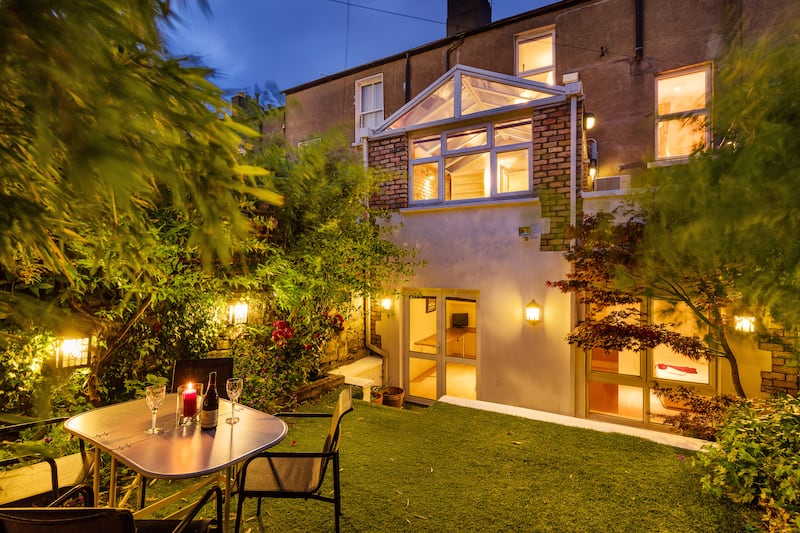Dating from 1840 to 1860, houses on Palmerston Place in Dublin were originally developed following the establishment of the Midland Great Western Railway terminus at Broadstone in 1845.
In May 2016 the residents’ association of this enclave of two-storey-over-basement homes held a community event titled 1916 On Our Street, as the place is steeped in history.
Number 6 was home to Robert Monteith, commander of Roger Casement’s Irish Brigade who accompanied Casement by submarine to Banna Strand during Easter 1916.
Ten doors up, at Number 16, a plaque on the wall tells the story of how John O’Leary, editor of the Fenian newspaper and the Irish People, lived here and was “finally arrested in this house on the 15th of September 1865″ and “sentenced to twenty years’ penal servitude, despite a brilliant defence by Isaac Butt”.
Rugby’s next generation: Meet the rising stars of Leinster, Ulster, Connacht and Munster
Eoin Burke-Kennedy: Trump’s answer to negative economic news: Sack the statistician
Takeaway Review: Don’t tell the Neapolitans, but even the pineapple works at this Dublin venue
Is it worth borrowing to improve the energy efficiency of your home?
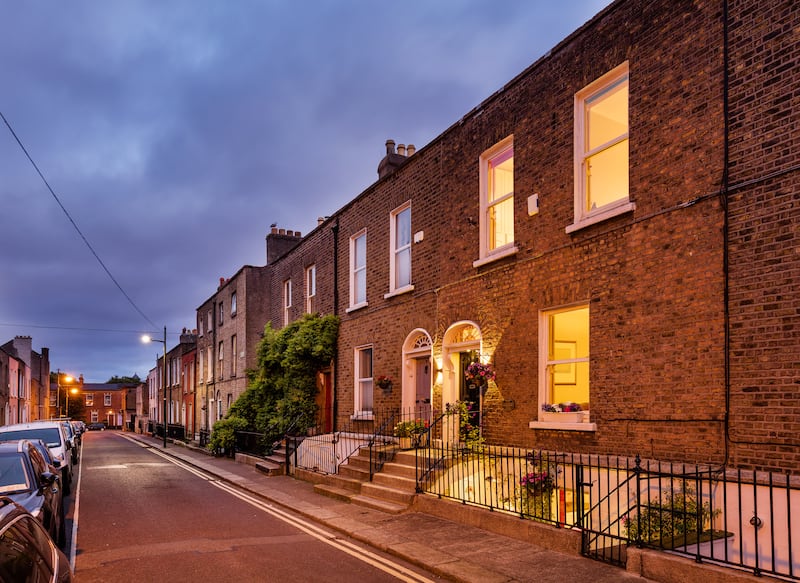
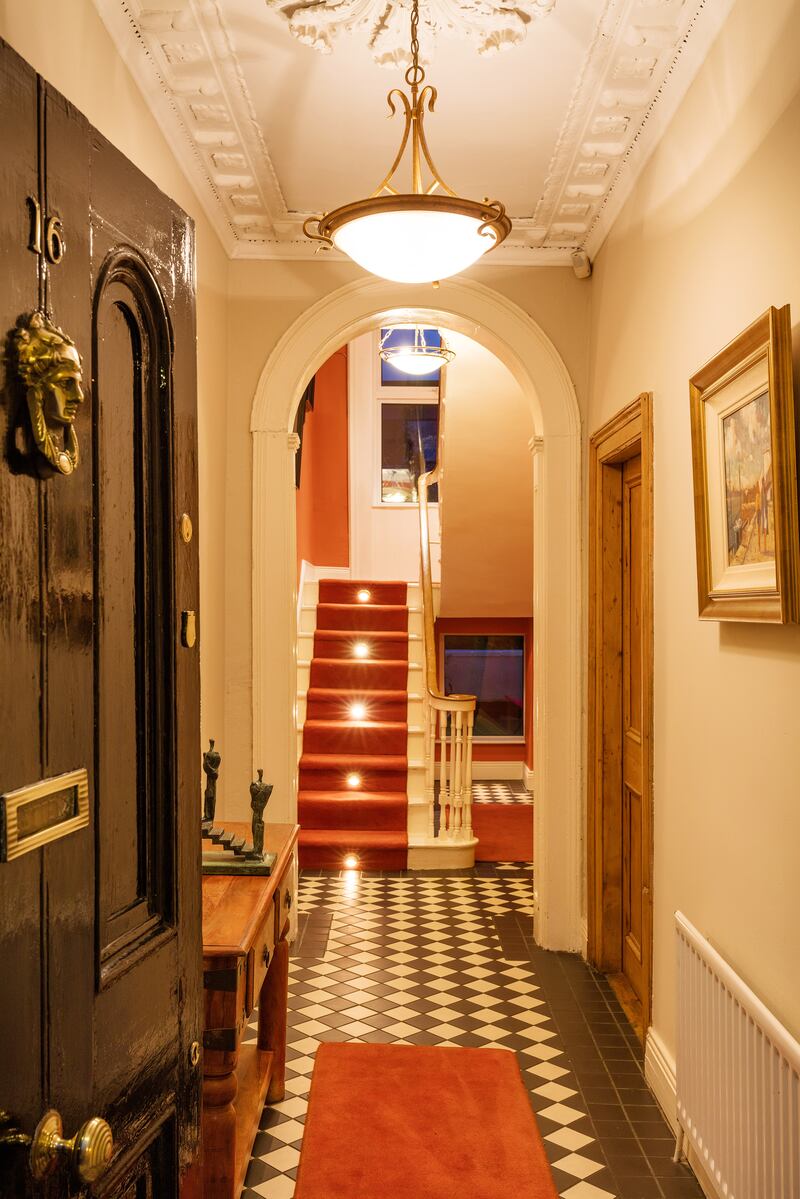

WB Yeats’s poem September 1913, in which he laments the loss of romantic Ireland and the state of Irish politics, immortalises O’Leary, declaring: “Romantic Ireland’s dead and gone/ It’s with O’Leary in the grave.” The Irish separatist, who had studied both law and medicine, makes another appearance in Yeats’s Beautiful Lofty Things, which has been described as a tightly woven matrix of figures that comprise Yeats’s idea of the Irish nation.
Number 16′s current owners are Lisa Sheils and her partner Stephen McDonnell, who grew up on Palmerstown Place. When they purchased the 182sq m (1,959sq ft) house in 2001, “it had very little done to it as it was in three units”, explains Sheils.
But sometimes having very little done can be a blessing in disguise, as new owners get to put their own stamp on a place, make it function to their needs, while period details are also preserved.
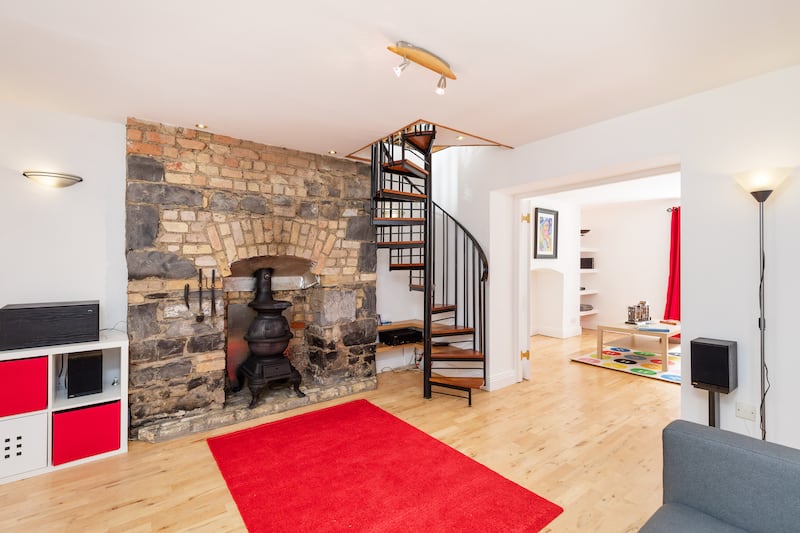
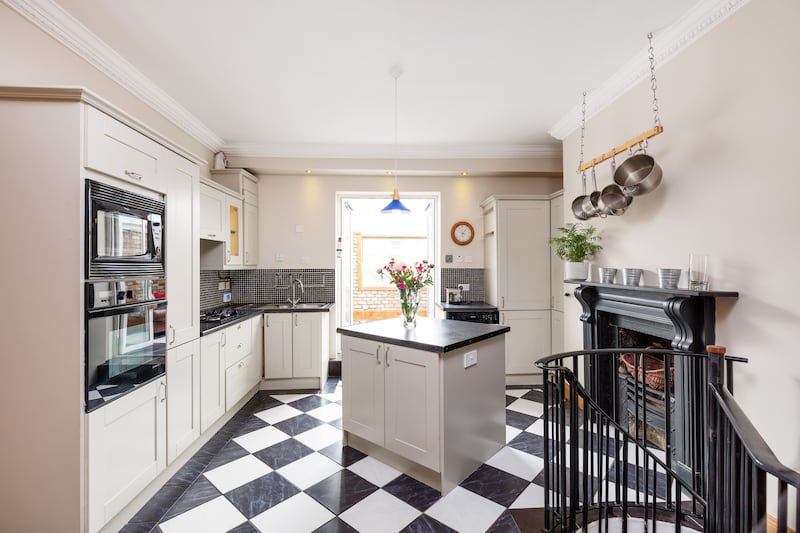
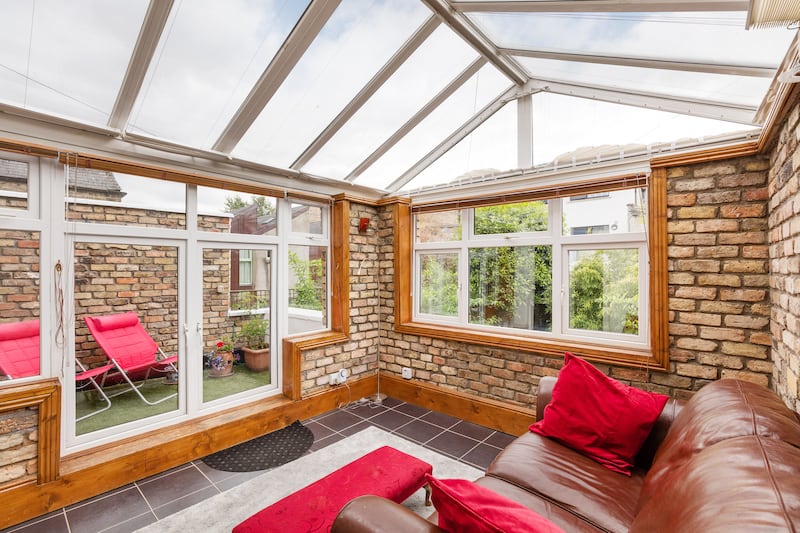
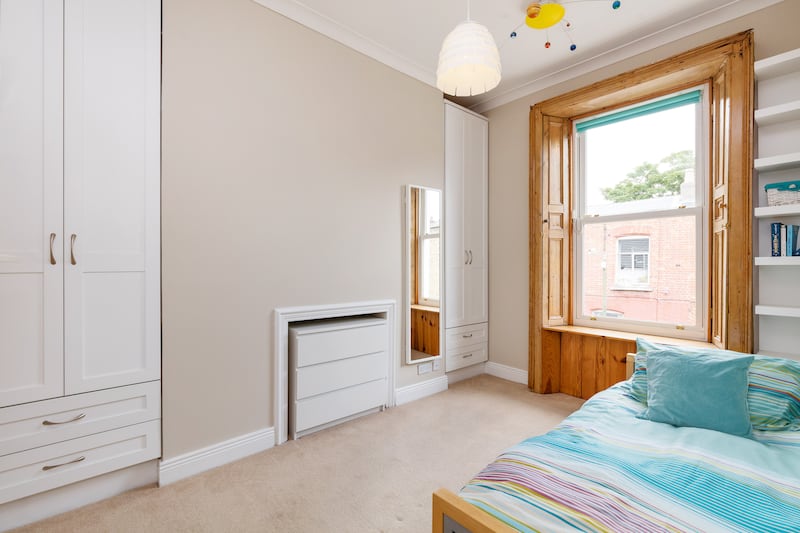
After replumbing, rewiring and all the hidden works you don’t see, the couple added an extension to the rear, which gave two new rooms at basement level and a conservatory/family room with a roof terrace beyond the kitchen at hall level. For practical purposes and to optimise the volume of light, the kitchen was placed in one of the formal rooms at hall level – and for ease of service to the dining room that lies to the front.
At basement level, an extra-large sitting room sits adjacent to a playroom, and the bedroom here was used by an au pair to look after the children when they were younger.
A benefit of the house, which has four bedrooms in total, is the privacy of the rear garden and superb lighting (McDonnell is an electrical engineer, so had lots of fun installing interesting illumination around the place). A large double garage – which would have been a coach house in olden times – lies to the rear, and provides security for a car, while Stable Lane runs behind the houses for access.
The family are moving to Clontarf to be closer to the sea and have placed their historic property, which has an impressive enough BER of C1, given its age, on the market through Sherry FitzGerald seeking €875,000.
